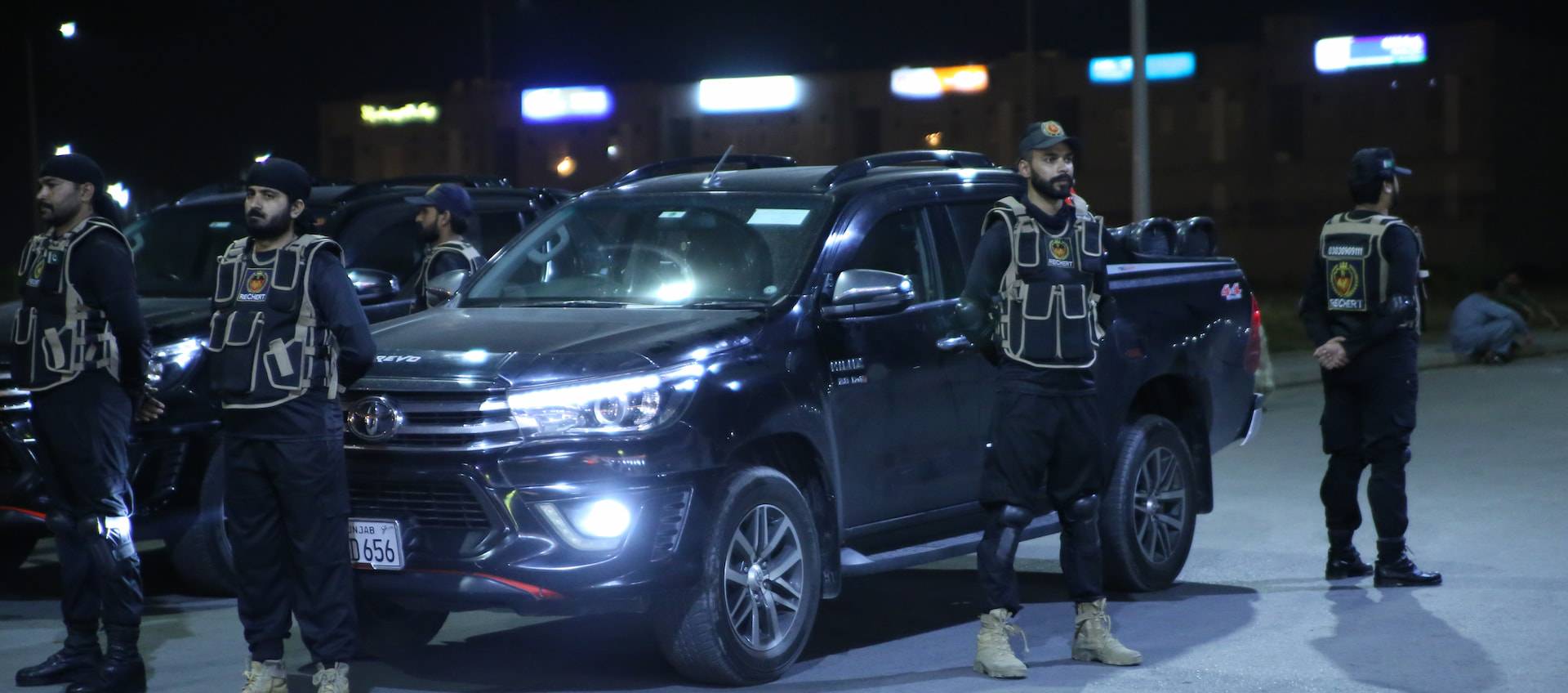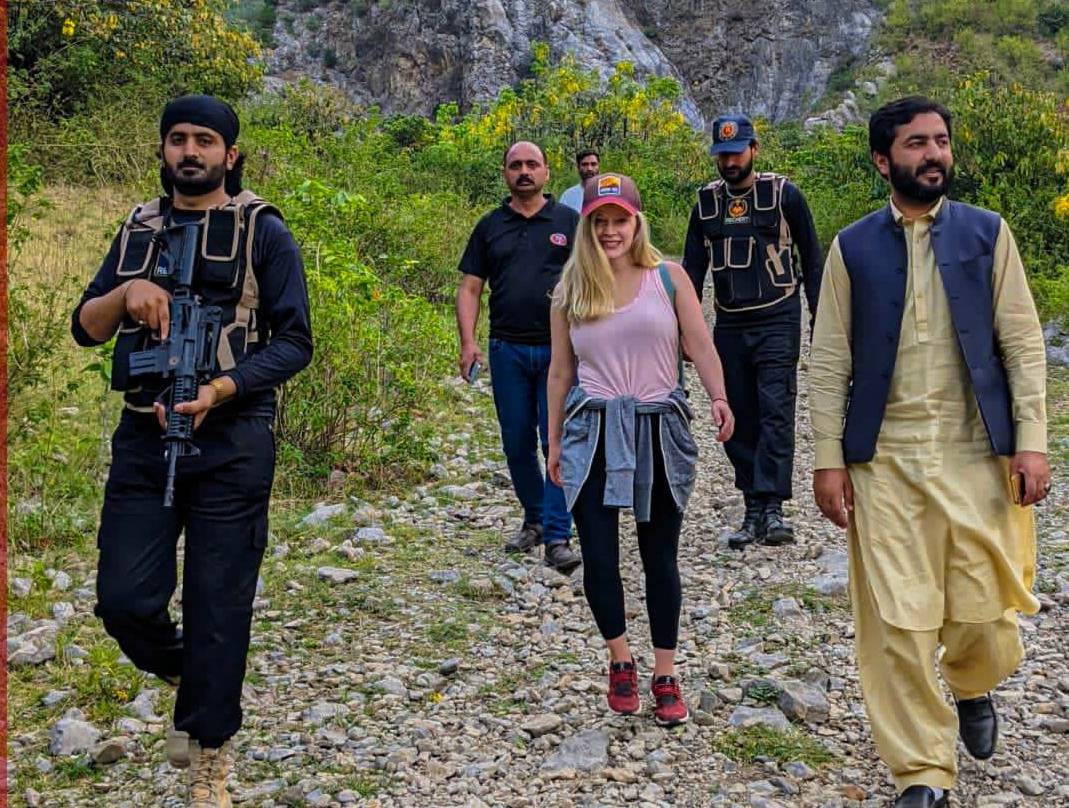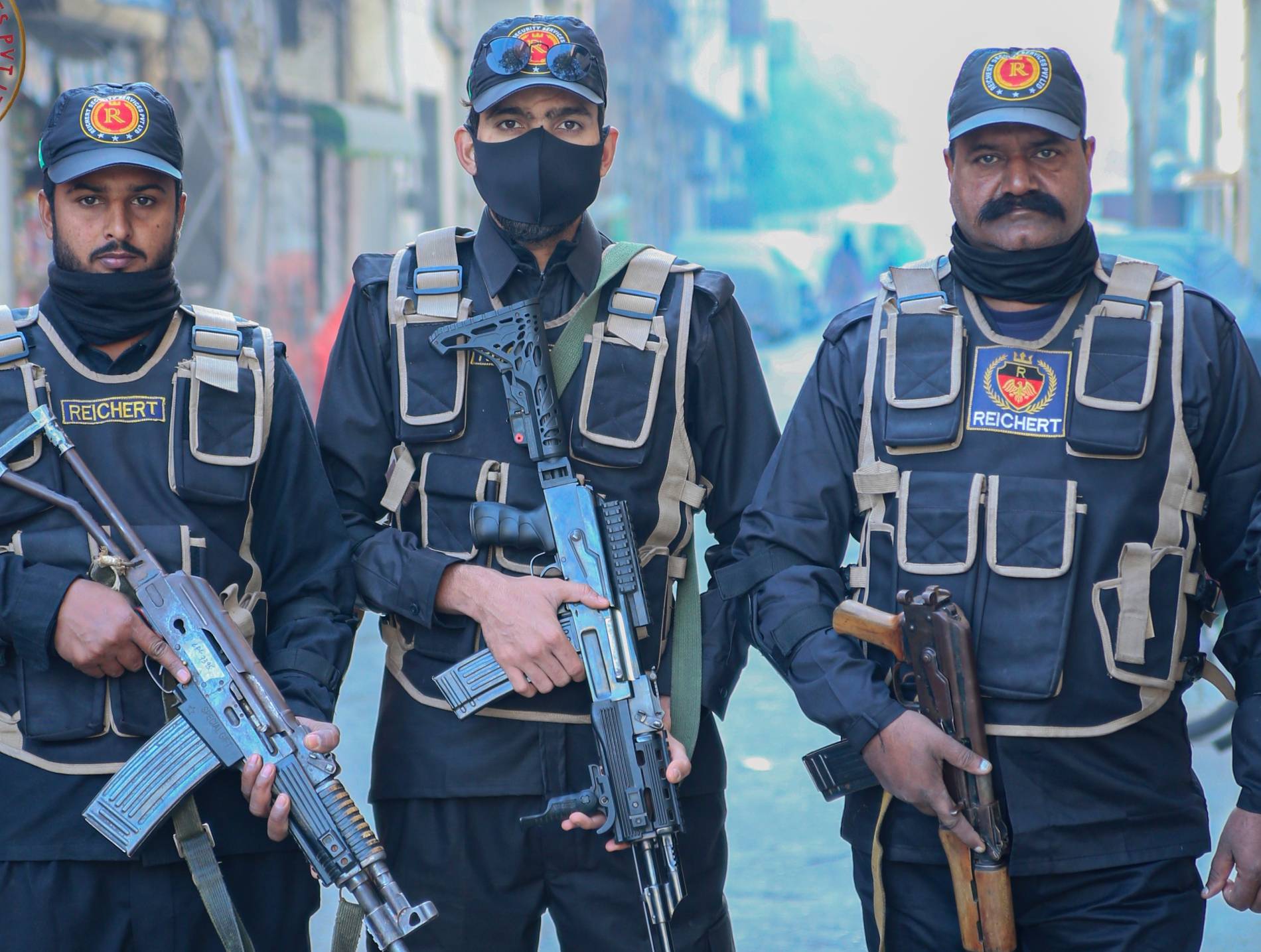
Northern Mariana Islands Country Report
The Commonwealth of the Northern Mariana Islands (CNMI, Northern Mariana Islands) is a Commonwealth of the United States located in the Pacific Ocean, northeast of Guam. Saipan consists of 14 islands is the largest in terms of land mass and population, and is home to most government agencies.
This region is facing several security threats. Misdemeanor crimes may occur and usually include burglary and theft. Criminals often target vehicles and residences, especially in Saipan. Violent crime is rare. The protests are relatively rare and often relate to US military activities, and have previously occurred to condemn live-fire drills or social and economic problems. Demonstrations rarely lead to violence. Kidnappings are rare but usually target residents. The police are generally fluent in English and respond quickly to incidents. The Northern Mariana Islands face a moderate risk of conflict due to their relative proximity to North Korea and North Korea’s previous threat to fire missiles at US military installations in neighboring Guam.
Infrastructure is generally adequate in the CNMI but can be inadequate in rural areas. Road quality is relatively high on the main islands, especially Rota, Saipan, and Tinian. Urban roads are usually asphalt, while rural roads are usually of lower quality. Transportation is limited, with no public buses or trains. Taxis are available in the main areas of the territory. People may rent scooters or motorcycles. Shuttle service is available from most hotels and shopping centers. The ferry operates between Saipan and Tinian. Saipan International Airport (SPN) is the main airport in the region, but other notable airports include Tinian International Airport (TNI) and Rota International Airport (ROP).
Electricity is supplied by the Commonwealth Utilities Corporation (CUC) and is generally reliable. However, inclement weather may cause power outages. Internet service is available globally, but quality may vary by region. The risk of cyber attacks is low. Drinking water may not be safe in rural areas.
Hurricanes and tropical storms can affect the CNMI, especially from May to November. The weather can be very hot and humid, leading to dehydration and the risk of heatstroke. Earthquakes are also well felt in this area. Most earthquakes do not exceed magnitude 5.0, but larger earthquakes have occurred near the territory’s islands in the past few years.
Last updated: August 31, 2023
Security
The Mariana Islands have seen sporadic protests related to military activities, and social and economic issues. These demonstrations are rarely violent. The crime rate is generally low, but petty thefts do occur occasionally, so travelers should protect their personal belongings. The risk of kidnapping, terrorism, and piracy is minimal. Although the risk of armed conflict is low, the risk is limited by proximity to North Korea. Security services are reliable and cause few concerns.
Last updated: August 31, 2023
Infrastructure
Infrastructure is generally adequate in the CNMI but can be inadequate in rural areas. Road quality is relatively high on the main islands, especially Rota, Saipan, and Tinian. Urban roads are usually asphalt, while rural roads are usually of lower quality. Transportation is limited, with no public buses or trains. Taxis are available in the main areas of the territory. People may rent scooters or motorcycles. Shuttle service is available from most hotels and shopping centers. The ferry operates between Saipan and Tinian. Saipan International Airport (SPN) is the main airport in the region, but other notable airports include Tinian International Airport (TNI) and Rota International Airport (ROP).
Last updated: August 31, 2023
Environment
The Northern Mariana Islands have a tropical climate that is usually hot and humid year-round. December to June is a relatively cool and dry season, while July to November is a hot and rainy season. These islands are located in active seismic zones and are also subject to typhoons.
Last updated: April 26, 2023
Health and Medical
Last update: September 15, 2022
Political
The Northern Mariana Islands have a federal government with a significant level of stability, characterized by a representative democracy led by the governor as head of state and the president as ceremonial head of government. The legislature is in the federal parliament, which consists of the House of Representatives and the Senate. The region’s regulatory framework is well established, with strong enforcement and high transparency in public institutions, which reduces the risk of corruption. The judiciary, including the Supreme Court, functions effectively and independently and contributes to the fair implementation of the rule of law. As of 2023, the Northern Mariana Islands are not subject to active international sanctions.
Last updated: August 31, 2023















